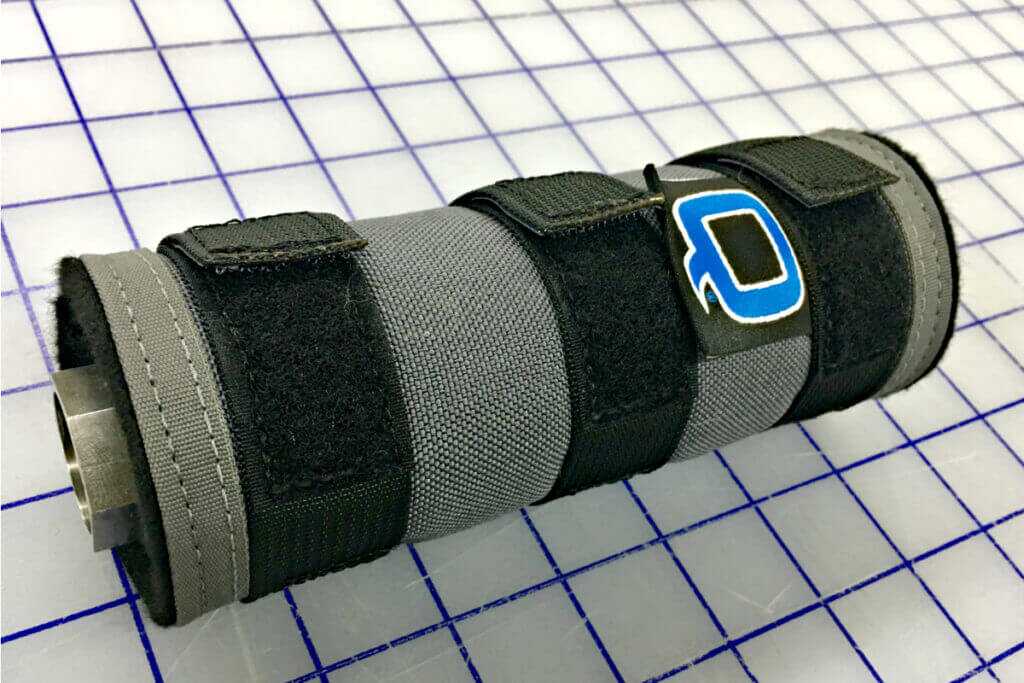
Welcome to the 4th part in the Factory to Table Series. In this I will pay a visit to Dustin with Cole-Tac. If you are unfamiliar with Cole-Tac, they have been involved in the gun industry for a number of years. They create all kinds of nylon goods, many revolving around the Precision Rifle community, as well as doing OEM (Original Equipment Manufacturer) work for a number of companies.
If you are just joining us though, how about a quick recap? The Factory to Table Series got started when I began thinking about how many different pieces of gear needed to come together in order for me to go hunting or even shooting at the range. I also starting thinking about what would be an awesome short range gun for hunting. So with all of this in mind, I started the series.
The series revolves around me going to a number of manufacturers across the country and having a hand in building each component. In New Hampshire I visited Q LLC to build a MiniFix Pistol in 300 Blackout as well as a .30 Caliber Silencer, their Trash Panda. I then went up north to meet with David of Discreet Ballistics to build some subsonic hunting loads for the gun. Which ultimately brings us to Part 4 and my visit to Cole-Tac.
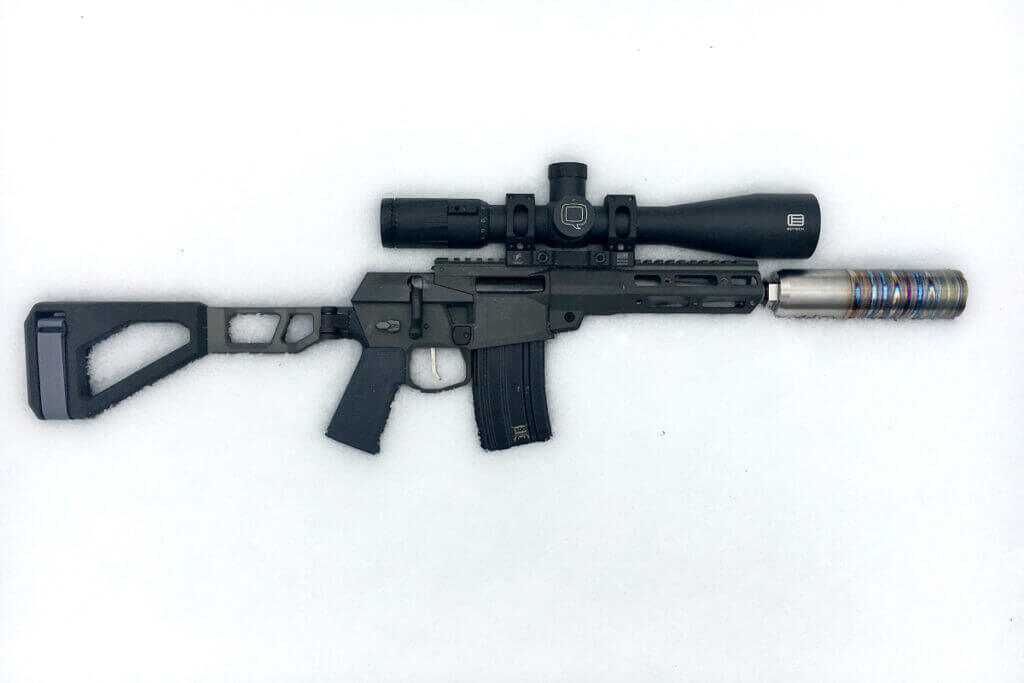
Among the many softgoods Cole-Tac makes, they offer some great suppressor covers, to include custom orders. And since I just made my .30 caliber silencer with Q, I figured I should probably make a cover for it.
Using a suppressor cover does a number of things for the shooter. On the one hand, it helps mitigate mirage. Silencers capture and slow gasses and in turn capture a lot of heat as well. As a result you end up with mirage. Waving lines of heat coming up off of the silencer which in turn distorts the image viewed through your scope, making it difficult to see and hit your target.
Additionally, going back to that heat, silencers get hot to the touch. A good cover will help keep the can from making contact with anything. Whether your worried about it burning a range bag or even your leg if you happen to be carrying your weapon slung.
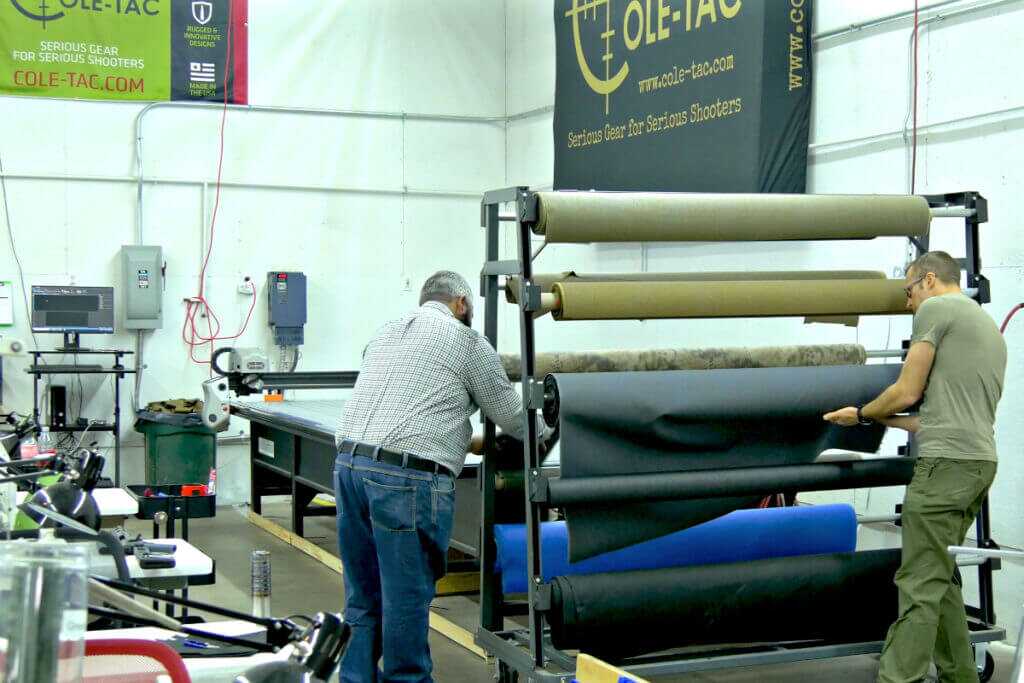
Dustin was kind enough to walk me through the whole process and let me have a hand in the magic. Our first step was to pick out a color. Since the color scheme of the MiniFix was subdued grey tones, I decided to continue with the theme. Once selected, we rolled the fabric out onto a pretty massive and incredible machine.
While small shops can get away with cutting out patterns by hand, the volume that Cole-Tac produces requires a step up. They use a massive CNC Fabric Cutter made by Autometrix. All the dimensions are input onto a computer and arranged in a way to make the most out of a given piece of fabric. The entire table then draws the fabric down smooth and flat against the surface through suction, created by essentially a giant vacuum (almost like the reverse of a air hockey table). Then with robotic precision, the articulated cutter moves across the fabric, cutting all the patterns out using a super sharp blade.
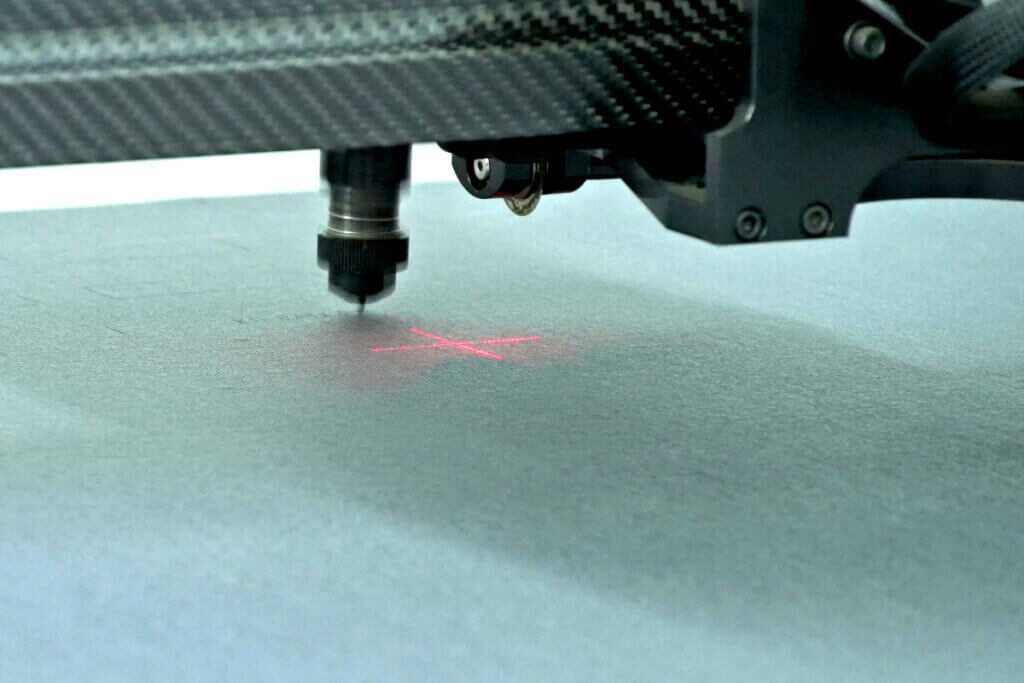
Our first step was to simply input the length and diameter of the Trash Panda Silencer. The computer then did the hard work of calculating the size cover it needed to cut. Soon after the instructions were sent to the table and I hit the “start” button. Less than 3 minutes later the first piece of my suppressor cover, and a number of other pieces, was cut out with amazing precision.
I then go to try my hand with some sewing. At Cole-Tac they have a special machine set up to put edges onto items. You simply feed a piece of fabric in, it rolls another smaller piece of fabric over the edge and stitches it as it goes. This gives you a nice clean edge on your nylon gear without anything exposed, opening the potential for something to wear and fray.

After that, it was time for some straps and hardware. I chose the Black 1” webbing, giving a solid but subtle contrast to the grey of the outer cover. Using a little bit of hot glue to tack the webbing in place, I then used the Bartac Machine. A bartac is basically heavy duty stitch, often used to anchor stuff in place. Sometimes it will be a square of stitching with a “X” crossing through the middle of it.
I’ll tell you straight away, if I had to do that by hand, it would have been a struggle. Running a sewing machine is a legit skill. Fortunately they have a Bartac Machine. Once you line up the machine, you basically hit the pedal and it does the entire thing in one swoop. That is my kind of sewing.

With the straps sewn on, it was time for the backing material. Since this was a custom size, we found a piece of insulation material sized a little bit larger than my cover. This had to be sewn by hand to the cover. And lets be honest, some things are best left to the professionals. I got some help attaching that insulation and then got busy with some scissors, cutting off any extra material.
Next up I attached the velcro sections. The velcro was tacked in place to the 1” webbing using the hot glue. After that I used the Bartac Machine. This time though, it ran a different program. Rather than sewing a square and then “X” inside the square, it just sewed a square around the inside of the velcro piece. Enough to keep it secure, but still usable at the same time.
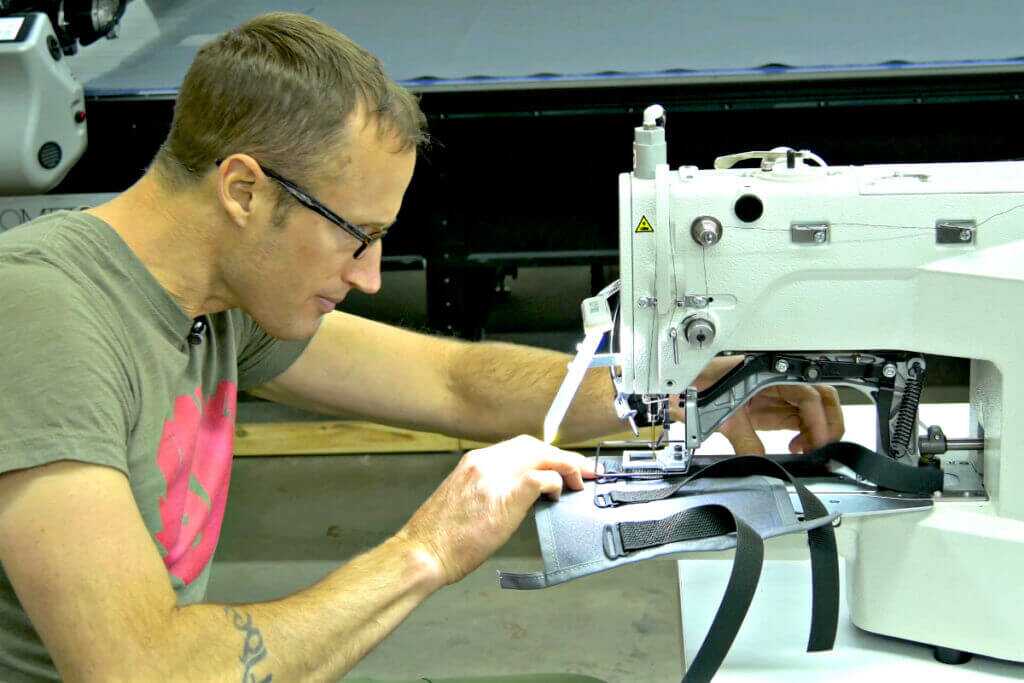
From there, it was just a matter of fitment and final inspection. Initially wrapping the middle strap of the cover over the silencer followed by the two outside straps, and all the while tucking the material back under itself, creating a nice clean cover. A small hand torch was then used to clean up any bits of thread or nylon that happened to be roughed up during the process.
The experience was awesome. Not only did I get a hand in building this suppressor cover along the pretty much every step of the way, but it gave me a new understanding and appreciation. The level of craftsmanship and attention to detail that Cole-Tac maintains is impressive. Not to mention their willingness to make custom suppressor covers. While they have a number of stock covers to choose from, the silencer industry doesn’t have a standard. So regardless of length or diameter, they can make a cover specifically for your can.
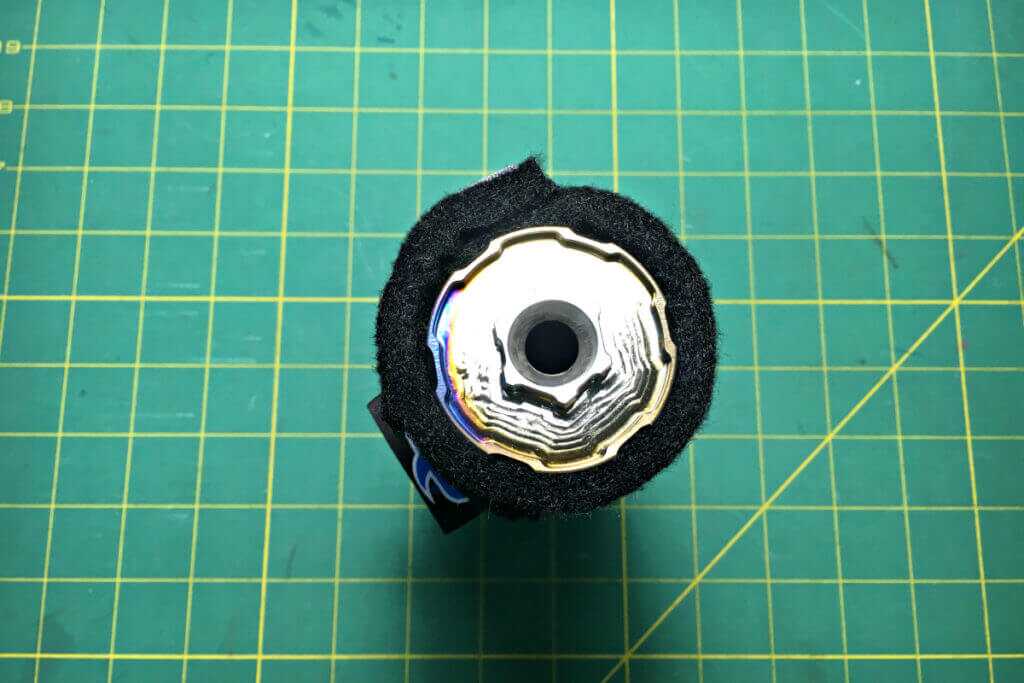
Having now built my MiniFix in 300 Blackout, a .30 caliber silencer, some subsonic hunting rounds and a suppressor cover. I could use a sling. Join me next week when I visit Edgar from Edgar Sherman Design to build a sling for my gun.
You can see the video of my experience building my custom suppressor cover below.

I’ve got a couple of cole-tac’s products. All I can say is they’re top notch all the way!